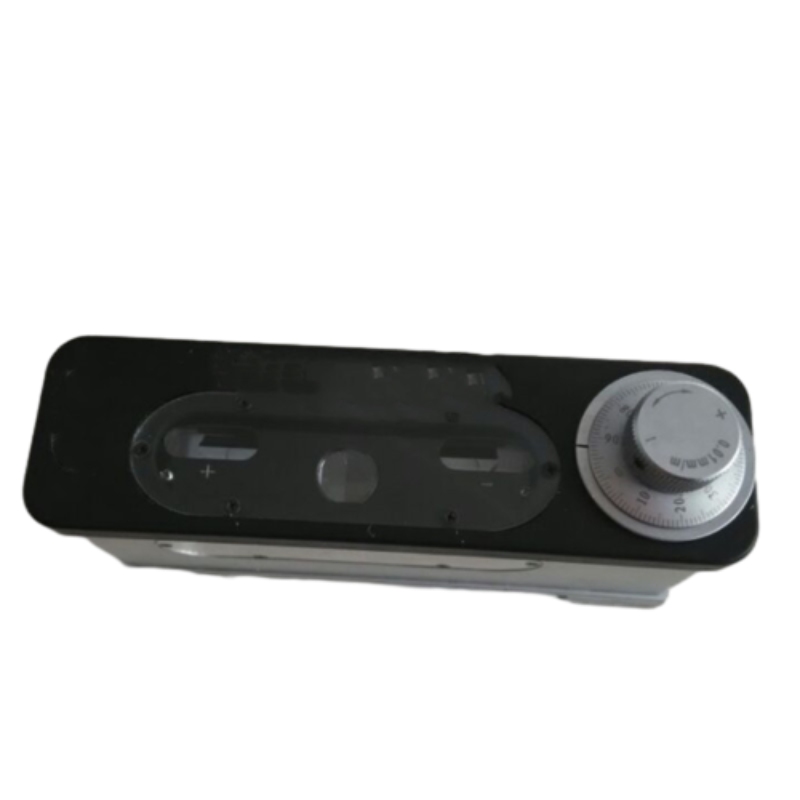Tingkat Gambar Komposit Optik
Deskripsi Produk
- 1.Aplikasi
Tingkat gambar komposit optik banyak digunakan dalam mengukur gradien permukaan datar dan permukaan silinder ke arah horizontal; Kerataan dan kelurusan slideway atau alas alat mesin atau alat mekanis optik serta kebenaran posisi pemasangan peralatan.
- 2.Data teknis
(1) setiap nilai kelulusan: ...0,01mm/m
(2) rentang pengukuran maksimal: ...0~10mm/m
(3) tunjangan: ...1mm/dalam satu meter... 0,01mm/m
Dalam rentang pengukuran penuh...0,02mm/m
(4) deviasi bidang pada permukaan kerja...0,0003mm/m
(5) setiap nilai kelulusan tingkat semangat...0,1mm/m
(6) permukaan kerja (LW): ...165 48mm
(7) berat bersih instrumen: ...2kg.
- 3.Struktur instrumen:
Level gambar komposit terutama terdiri dari bagian-bagian berikut seperti sekrup penyetel mikro, mur, cakram bertingkat, level spiritus, prisma, kaca pembesar, tuas serta alas dengan permukaan kerja polos dan v.
- 4. Prinsip kerja:
Tingkat gambar komposit menggunakan prisma untuk mendapatkan gambar gelembung udara dalam komposit tingkat roh dan diperbesar untuk meningkatkan akurasi pembacaan dan menggunakan sistem transmisi tuas dan sekrup mikro untuk meningkatkan kepekaan membaca. Oleh karena itu, jika benda kerja memiliki gradien 0,01 mm/m, maka dapat dibaca secara akurat pada tingkat gambar komposit (tingkat spirit pada tingkat gambar komposit terutama berperan untuk menunjukkan nol).
- 5. Metode operasi:
Tempatkan tingkat gambar komposit pada permukaan kerja benda kerja yang diukur dan gradien benda kerja yang diukur menyebabkan gambar gelembung udara yang tidak bertepatan; Putar disk bertingkat sampai gambar gelembung udara belakangnya bertepatan dan pembacaan dapat segera dilakukan. Gradien sebenarnya dari benda kerja yang diukur dapat dihitung dengan rumus berikut:
Gradien sebenarnya=nilai gradien Jarak titik tumpu Pembacaan cakram
Contoh rubah: Pembacaan disk: 5 gradien; Karena level citra komposit ini dirubah dengan nilai gradien dan jarak titik tumpunya, yaitu nilai gradien: 0,01mm/m dan jarak titik tumpu: 165mm.
Jadi: Gradien sebenarnya=165mm 5 0,01/1000=0,00825mm
- 6. Pemberitahuan pengoperasian:
(1) sebelum digunakan, bersihkan debu minyak dengan bensin lalu bersihkan dengan kain kasa penyerap.
(2) Perubahan suhu mempunyai pengaruh yang besar terhadap instrumen sehingga harus dipisahkan dengan sumber panasnya untuk menghindari kesalahan.
(3) Selama pengukuran, putar piringan ukur sampai gambar gelembung udara belakangnya benar-benar bertepatan dan kemudian pembacaan pada arah positif dan negatif dapat dilakukan.
(4) If the instrument is found with in correct zero position, it may be adjusted; Put the instrument on a stable table and rotate the graduated disc to set the tow air bubble images coincide to get first reading a; Then turn the instrument by 180o and put back to its original place. Ra-rotate the graduated disc to get the tow air bubbles coincide to get the second reading b. So 1/2 (α +β ) is the zero deviation of the instrument. Loosen the three supporting screws on the graduated disc and press lightly by hand the embossed adjusting cap; Rotate the disc by 1/2 (α +β) to get the zero deviation and the point line composite; At last fasten the screws.
(5) Setelah pengerjaan, permukaan kerja instrumen harus dibersihkan dan dilapisi dengan kertas anti karat, bebas asam, anhidrat, minyak anti karat; Masukkan ke dalam kotak kayu lalu simpan di tempat yang bersih dan kering.
Hot Tags: Optical Composite Image Level Optical Composite Image Level suppliers China Optical Composite Image Level Optical Composite Image Level factory stable Optical Composite Image Level
Parameter Produk
Parameter teknik
- Putaran nilai pelat 0,01 mm/m
- Rentang pengukuran 0-10 milimeter/meter
- Parent-child error within ± 1mm/m+0.01 mm/m
- The parental error within the entire measurement range is ± 0. 02 millimeters/meter
- Deviasi kerataan bangku 0,003mm
- Standar akumulasi nilai sel 0,1 milimeter/meter
- Meja kantor ukuran 165 x 48 milimeter
- Berat bersih 2,2 kilogram
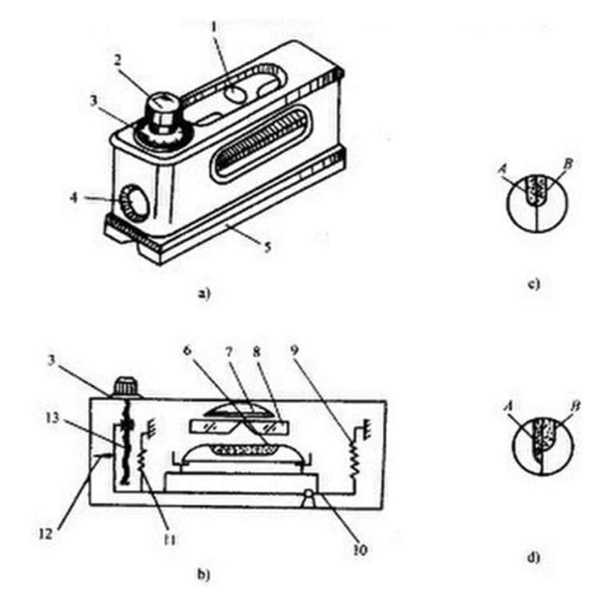
Optical Composite Image Level Maintenance: Antirust Oil & Storage Tips
Proper maintenance ensures your optical composite image level retains its 0.01mm/m precision and durability. Follow these steps to protect its prism technology and mechanical components:
1. Daily Cleaning for Surface Protection
After use, wipe working surfaces (V-groove, edges, lenses) with isopropyl alcohol on a lint-free cloth to remove oils and dust. Use a soft brush for stubborn debris—never abrasives, which can scratch optical parts or damage metal coatings. This preserves the precision ground surfaces (Ra ≤ 0.1μm) critical for accurate readings.
2. Routine Antirust Care for Metal Parts
While the granite base resists corrosion, metal components (screws, levers, hinges) need protection. Apply Storaen’s non-acidic anti-rust oil every 3 months or after moisture exposure:
Apply thinly to threads and pivots with a dropper, avoiding pooling on granite/lenses.
Prevents seizing: Maintains lever mechanism sensitivity (0.001mm precision) for cylindrical slope measurements.
3. Optimal Storage Practices
Store in the included hard case or a dry cabinet to avoid temperature/humidity damage:
Environment: 10°C–30°C, <60% humidity to prevent lens condensation and optical distortion.
Positioning: Lay flat or upright in padded slots; never under heavy objects to avoid misaligning the optical system.
Long-term storage: Reapply anti-rust oil and add a silica packet; inspect 24 hours before use, verifying zero position via 180° rotation calibration.
4. Monthly Functional Inspections
Check performance regularly to ensure reliability:
Bubble clarity: Confirm the composite bubble image aligns smoothly without blur.
Lever movement: Test micro-screws for smooth rotation—stiffness signals needed lubrication.
Flatness check: Use a reference plate to validate factory-calibrated flatness (±0.0003mm/m).
5. Storaen’s Support for Longevity
Leverage our expert services to maintain peak performance:
Factory recalibration: Restores 0.01mm/m precision via ISO-certified equipment for critical applications.
Genuine parts: Replacement components ensure compatibility and preserve original accuracy.
By following these steps, your Storaen optical composite image level will deliver consistent precision for industrial alignment tasks, backed by our 30+ years of engineering expertise.
Zero Position Calibration of Optical Composite Image Level: 180° Rotation Method Explained
Accurate zero calibration is vital for your Storaen optical composite image level to maintain its 0.01mm/m precision and ±0.0003mm/m flatness. The 180° rotation method eliminates subtle optical or mechanical shifts, ensuring reliable measurements in critical tasks like CNC machine alignment or aerospace component inspection. Here’s a streamlined, step-by-step guide:
1. Why Calibrate?
Impacts, vibrations, or temperature fluctuations can shift the level’s zero reference, leading to measurement drift. Calibration realigns the bubble vial with the tool’s optical prism and lever system, ensuring consistent baselines for industrial applications where 0.001mm deviations are unacceptable—such as verifying machine tool guides or structural frameworks.
2. Setup Requirements
Storaen optical composite image level (featuring a V-grooved base and micro-adjusting screw)
Certified precision reference flat (e.g., our Storaen granite surface plate, with flatness ≤0.0002mm/m)
A clean, vibration-free workbench in a temperature-stabilized environment (18°C–22°C recommended)
3. Step 1: Initial Measurement
Place the level lengthwise on the reference flat, aligning the V-grooved base with the flat’s central axis. Rotate the micro-adjusting screw until the composite bubble image—created by the 45° prism system—perfectly overlaps in the viewfinder. Record this initial scale reading (A), which reflects the current deviation from true zero.
4. Step 2: 180° Rotation & Second Reading
Carefully flip the level 180° end-to-end while maintaining its longitudinal orientation on the flat (avoid any lateral movement). Adjust the micro-screw again to align the bubble image and record the new reading (B). The difference Δ = |A - B| indicates zero position error; ideal values for Storaen levels should be ≤0.005mm/m.
5. Step 3: Error Correction & Verification
Calculate the target zero position as the midpoint: C = (A + B)/2. Loosen the protective cap on the zero-adjustment screw (typically located near the bubble vial), rotate the screw until the scale reads C, then retighten. Repeat Steps 3–4 until Δ ≤0.002mm/m, ensuring minimal residual error.
6. Pro Tips for Precision
Triple-Check Consistency: Perform 3 calibration cycles, especially after transporting the level or working in environments with temperature swings, to ensure repeatable results.
Lubricate Moving Parts: Apply a drop of Storaen’s non-acidic oil to the micro-screw before adjustment to ensure smooth, backlash-free operation and prevent binding.
Environmental Control: Avoid calibrating near heat sources or drafts, as even minor temperature gradients can affect the granite base’s dimensional stability and introduce errors.
7. Storaen’s Calibration Support
Every Storaen optical composite image level includes a NIST-traceable calibration certificate, but quarterly in-field checks are recommended for heavy use. Our support includes:
Factory Recalibration: Restoring original 0.01mm/m accuracy using laser interferometers for high-stakes applications.
Genuine Spare Parts: Readily available adjustment screws and maintenance kits for long-term usability.
Video Tutorials & Expert Guidance: Step-by-step videos and engineer support to assist with on-site calibration procedures.
Final Notes
Mastering the 180° rotation method ensures your Storaen optical composite image level delivers the precision required for cylindrical slope measurements, machine tool flatness checks, and other critical alignments. With proper calibration, this tool, backed by our 30+ years of engineering expertise, becomes an indispensable asset in your quality control workflow, ensuring every measurement is as reliable as the first.
Terkait PRODUK
BERITA TERKAIT
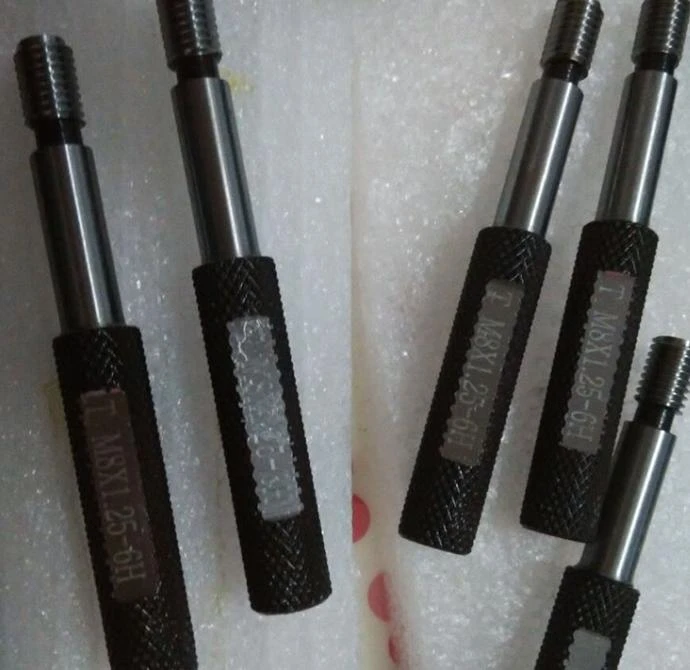
Thread Plug Gauge Requires Careful Handling
In the world of manufacturing and engineering, precision is non-negotiable—especially when it comes to threads, which are critical components in machinery, construction, and everyday products.
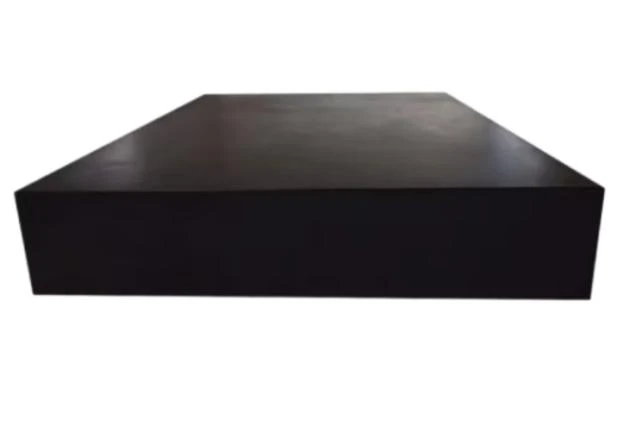
Surface plate calibration
In today's world, where precision and accuracy are crucial in various industries, the use of granite inspection tables and granite surface plates has become increasingly popular.
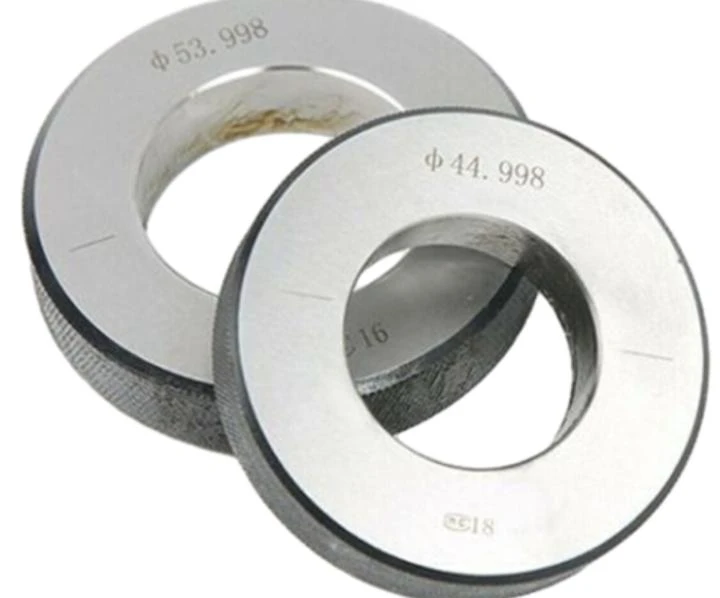
Ring Gauge Ensures Machining Accuracy
In the world of precision engineering, manufacturing, and quality control, accuracy is the cornerstone of reliability.




